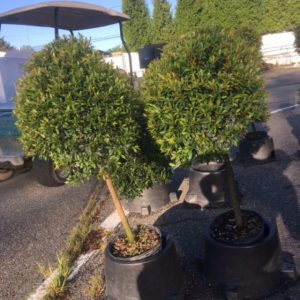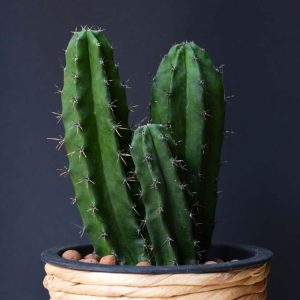Description
Schizophragma –
There are 4 woody, deciduous root climbers or creeping plants, in the Hydrangeacea family, in this genus. They are found naturally occurring in woodlands and cliffs from the Himalayas to Japan and Taiwan. They produce opposite pairs of simple, long stalked, smooth or toothed edged, oval, dark green leaves. Schizophragma are grown for their showy flowers, similar to those of lacecap hydrangeas, but with large, conspicuous, bract like, sterile, outer flowers. Best grown against a wall, fence, or large tree, to which the plant will attach itself by aerial roots.
Grow in moderately fertile, humus rich, moist but well drained soil, in full sun or partial shade. Plant at least 24″ away from host plant or support. Tie in to a support and train until establised.
S. integrifolium – This wood, root climber from Central and Western China climbs to height of 30-40′ feet high. It produces long stalked oval or heart shaped, smooth edge or finely toothed, dark green leaves, 4-8″ long. In midsummer, small, slightly fragrant, creamy white, flowers are borne in broad, flattened, terminal cymes, 8-12″ across, with conspicuous, ovate, creamy, marginal bracts, to 3 ½’ long.
Zones 5-9





